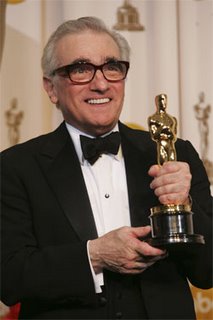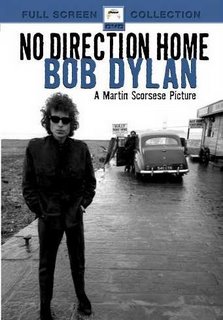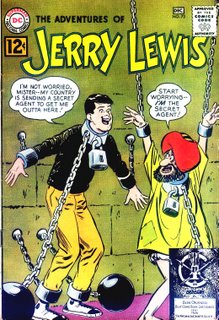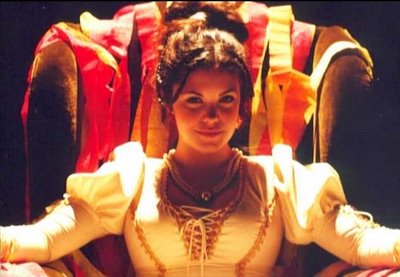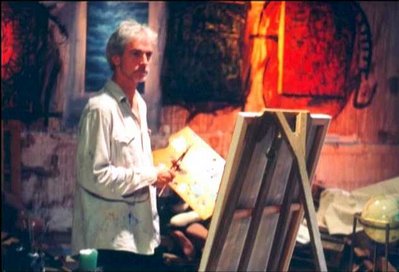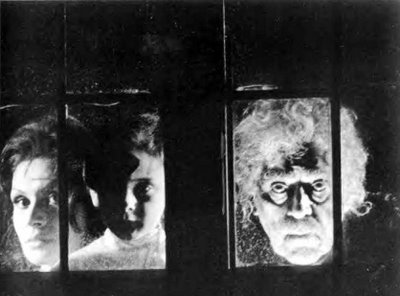ANCHOR BAY ENTERTAINMENT
HONORS LEGENDARY DIRECTOR
MARIO BAVA WITH THE 5-FILM
MARIO BAVA BOX SET VOLUME 1 DVD
AND NORTH AMERICAN DVD PREMIERE OF KIDNAPPED ON APRIL 3RD
The Screaming Commences April 3rdBURBANK, CA – During his four-decade career as a cinematographer, special effects designer and director, Italy’s Mario Bava created some of the most beautiful and macabre films ever to grace the silver screen, with unsettling images that transcended the boundaries of land and language. He is celebrated by horror and cinema fans the world over and his influence can be seen in the works of Martin Scorsese, David Lynch, Tim Burton and Dario Argento. Now, Anchor Bay Entertainment and International Media Films proudly present
The Mario Bava Box Set: Volume 1, a 5-disc DVD collection of five landmark films from the first half of Mario Bava’s impressive career. Bowing April 3rd,
The Mario Bava Box Set Volume 1 features new transfers of the original international versions, along with brand-new bonus materials, of such seminal Bava classics as
The Mask of Satan (Black Sunday), The Three Faces of Fear (Black Sabbath), The Girl Who Knew Too Much, Knives of the Avenger and
Kill, Baby…Kill!. SRP is $49.98 with pre-book on February 21st.
On the same day, Anchor Bay will also release Mario Bava’s cult thriller
Kidnapped, produced by longtime collaborator Alfredo Leone. Available for the first time on DVD,
Kidnapped (aka Rabid Dogs) features two versions of the film: Bava’s original cut and a previously unreleased uncut version. SRP is $19.98, and pre-book is February 21st.
The Mario Bava Box Set Volume 1 is the perfect primer for “The Master of the Macabre” with five films that introduced Bava’s frightening visions to horror fans the world over:
The Mask of Satan (Black Sunday)
Mario Bava’s 1960 directorial debut film
The Mask of Satan introduced audiences to a new type of horror film – lyrical in imagery, terrifying in impact. Starring British actress Barbara Steele, John Richardson and veteran character actor Arturo Dominici,
The Mask of Satan set a different course for gothic horror films, pulsing with stunning cinematography and landmark special effects. Anchor Bay is honored to present Bava’s uncut and uncensored international version of
The Mask of Satan, featuring the original Italian score and English dubbing.
The Three Faces of Fear (Black Sabbath)
Horror icon Boris Karloff is our guide for Bava’s 1963 trilogy of terror, taking us through three journeys into the supernatural. In “The Telephone,” a woman is terrorized by incessant phone calls that may or may not foretell greater danger. In “The Wurdalak,” based on a Leo Tolstoy story, Karloff stars with Mark Damon as the patriarch of a family of bloodthirsty ghouls. “The Drop of Water,” adapted from an Anton Chekhov short story, stars Jacqueline Pierreux as a nurse who avails herself to take a ring off the finger of a dead medium – only to realize that sometimes the dead can take it with them!
The Girl Who Knew Too MuchBava’s fourth film as credited director is a Hitchcockian thriller that many film scholars cite as the first true giallo. Leticia Roman stars as an American tourist in Rome who witnesses a serial killer’s latest killing and convinces a young doctor (John Saxon) to help her investigate the city’s “Alphabet Murders.” For the first time anywhere, Anchor Bay presents Bava’s original international version of
La Ragazza Che Sapeva Troppo (The Girl Who Knew Too Much) in Italian with English subtitles.
Knives of the AvengerVeteran Bava collaborator Cameron Mitchell stars in their third and last pairing in this Norse variation on the “sword-and-sandal” epics so popular in the 1960’s. Mitchell stars as a Viking drifter torn between guilt, vengeance and his love for a peasant woman and her young son. Co-written by Bava (as “John Hold”), Knives of the Avenger re-imagines the American Western as a Viking epic – complete with pillaging and violence, but with a uniquely humanist slant. It features both the English language audio track and the Italian language audio track with English subtitles, presented together for the first time on DVD.
Kill, Baby…Kill! aka Curse of the Living Dead
Giacomo Rossi-Stuart and Erika Blanc star in Bava’s final gothic masterpiece, a hallucinatory tale of a remote village tormented by the specter of a dead little girl. Alternately known as
Curse of the Living Dead and
Operazione Paura (Operation Fear), Bava’s 1966 stunner has been plagued for decades by inferior public-domain transfers. For this release, Anchor Bay created the definitive presentation, remastered from all-new elements to create the highest quality version ever seen in North America.
Available as a separate DVD,
Kidnapped (aka Rabid Dogs) has a history equal in drama and scope to its explosive narrative. The harrowing story of a botched robbery by three criminals and the aftermath – taking three hostages during their desperate getaway – Kidnapped was never finished due to a dispute with the estate of the film’s financier who died during production. Anchor Bay’s presentation of
Rabid Dogs includes both Bava’s original film – now with newly created opening and end credit sequences – as well as the version known as
Kidnapped featuring footage shot by producer Alfredo Leone and Mario’s son and longtime assistant Lamberto Bava.
Equally impressive to the feature presentations are the wealth of bonus materials available on
The Mario Bava Box Set Volume 1 DVD:
MASK OF SATAN (BLACK SUNDAY)
International version with English dubbing
Widescreen presentation (1.66:1), enhanced for 16x9 televisions
Audio commentary by Mario Bava biographer Tim Lucas
U.S. and International trailers
TV spot
Mario Bava & Barbara Steele bios
THE THREE FACES OF FEAR (BLACK SABBATH)
International version in Italian with English subtitles
Widescreen (1.77:1) presentation, enhanced for 16x9 televisions
Featurette: “A Life In Film - An Interview with Mark Damon”
Audio commentary by Mario Bava biographer Tim Lucas
International & U.S. trailers
TV spot
Radio spot
Poster and stills gallery
Mario Bava & Boris Karloff bios
THE GIRL WHO KNEW TOO MUCH
International version with English subtitles
Widescreen (1.66:1), enhanced for 16x9 televisions
Featurette: "Remembering the Girl with John Saxon"
Audio commentary by Mario Bava biographer Tim Lucas
International and U.S. trailers
Poster and still galleries
Mario Bava bio
KILL, BABY…KILL!
Widescreen presentation (1.85:1), enhanced for 16x9 televisions
English and Italian soundtracks with English subtitles
International trailer
TV spots
Mario Bava bio
KNIVES OF THE AVENGER
Widescreen presentation (2.35:1), enhanced for 16x9 televisions
English and Italian soundtracks with English subtitles
International trailer
Mario Bava bio
KIDNAPPED
Two versions: Mario Bava’s original film (aka
Rabid Dogs) and a previously unreleased uncut version
Widescreen presentation (1.78:1), enhanced for 16x9 televisions
In Italian with English subtitles
Featurette: “End of the Road: Making
Rabid Dogs and
Kidnapped”
Audio commentary by Mario Bava biographer Tim Lucas
Mario Bava bio
MARIO BAVA BOX SET VOLUME 1
Street Date: April 3, 2007
Pre-Book: February 21, 2007
Catalog #: DV14854
UPC: 0 1313 14854-9 3
Run Time: 441 Minutes total
Rating: Not Rated
SRP: $49.98
KIDNAPPED (aka RABID DOGS)
Street Date: April 3, 2007
Pre-Book: February 21, 2007
Catalog #: DV13298
UPC: 0 1313 13298-9 6
Run Time: 96 Minutes
Rating: Not Rated
SRP: $19.98
_______________
It looks like the "new wrinkle" was a subtle title change for the set.

